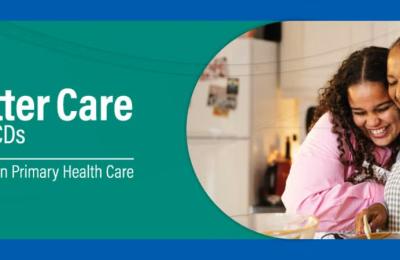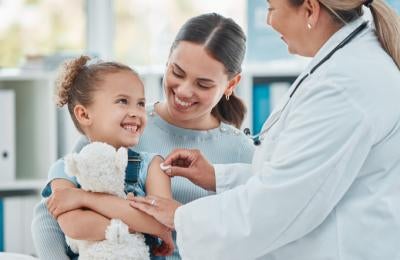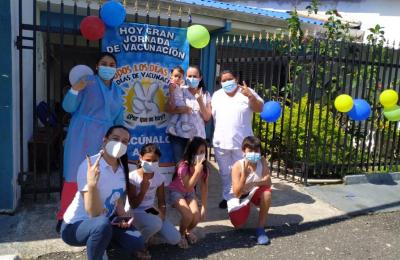Synthesis of evidence and recommendations: guidelines for the pharmacological treatment of arterial hypertension in adults
Introduction
Arterial hypertension (high blood pressure) is one of the most prevalent chronic noncommunicable diseases. It is a cause of cardiovascular disease and is the leading attributable cause of death in the Region of the Americas.
Objectives
Synthesize the recommendations developed by the World Health Organization (WHO) to improve the quality of care and health outcomes of adults with high blood pressure, and address aspects of implementing these recommendations.












